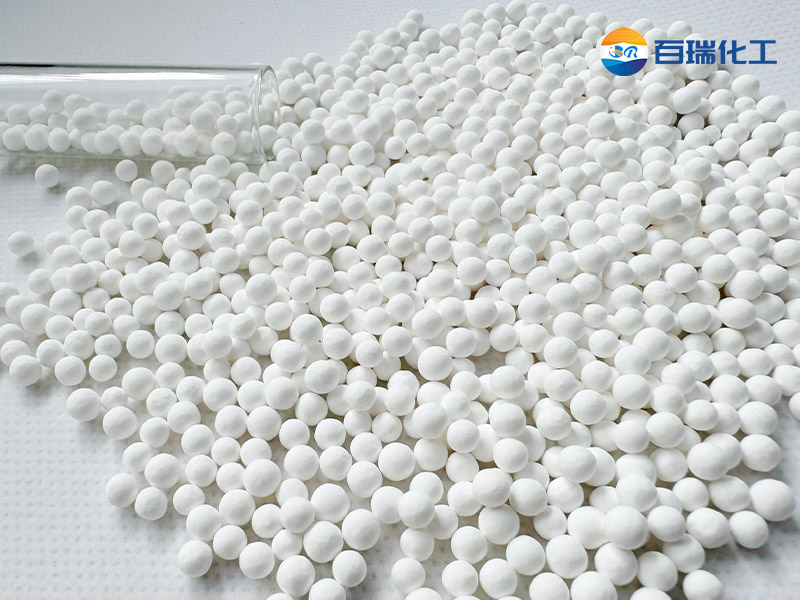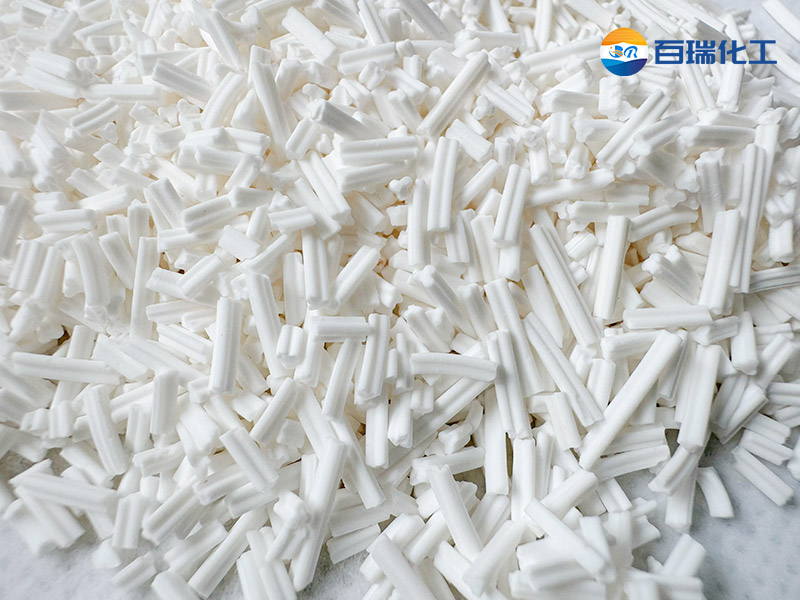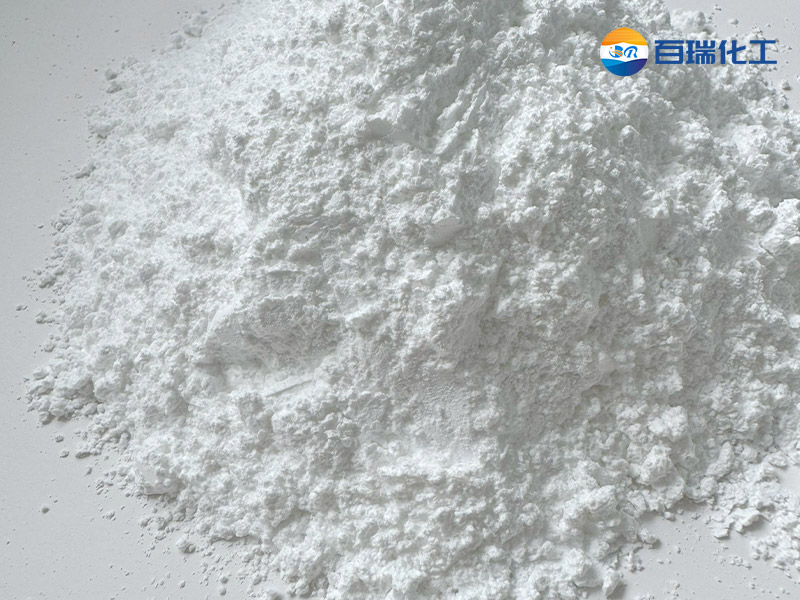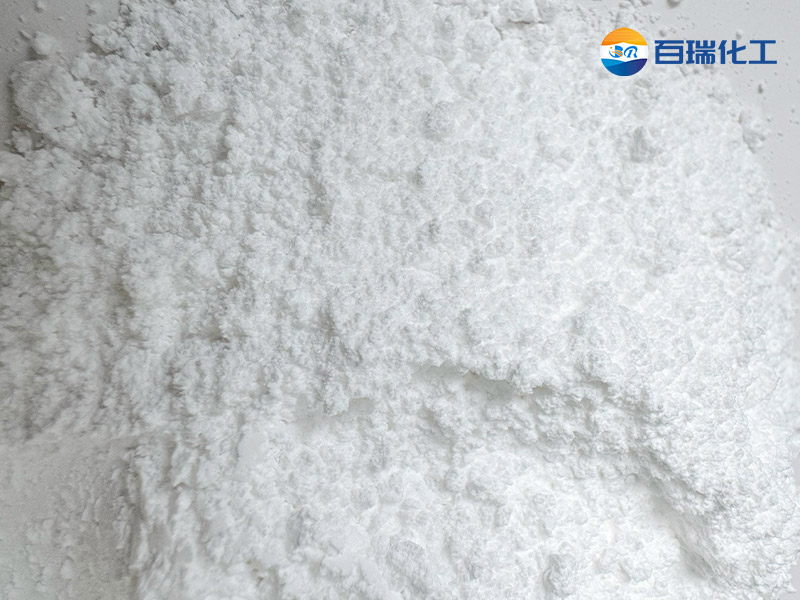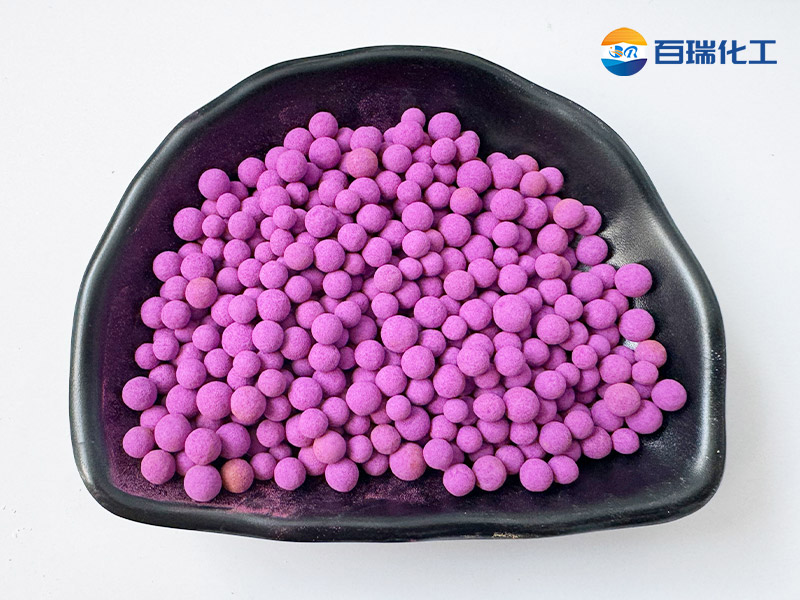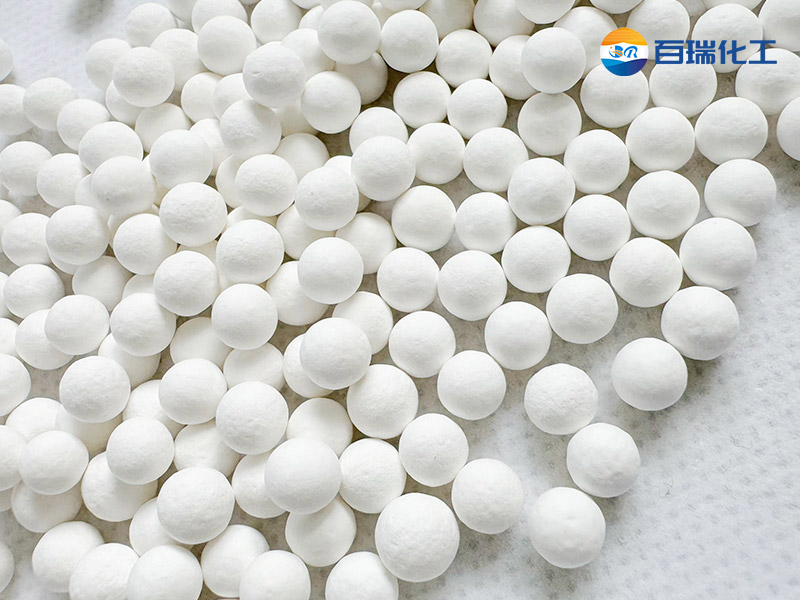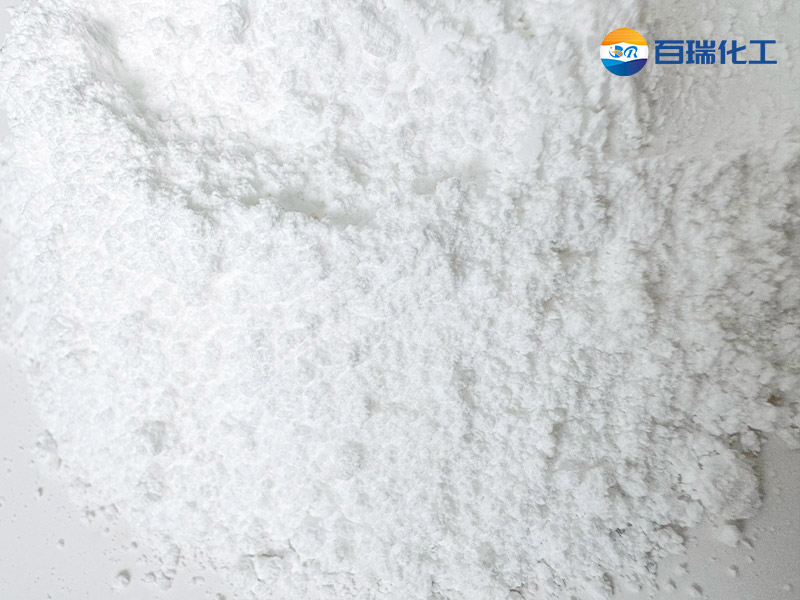Activated alumina, also known as activated alumina, is Activated alumina in English. The use of alumina in catalysts is usually called "activated alumina", it is a porous, highly dispersed solid material, with a large surface area, and its microporous surface has the characteristics required for catalysis, such as adsorption performance, surface activity, excellent thermal stability, etc., so it is widely used as a catalyst and catalyst carrier for chemical reactions. Spherical activated alumina pressure swing oil adsorbent is a white spherical porous particle, with uniform particle size, smooth surface, high mechanical strength, strong hygroscopicity, no swelling or cracking after water absorption, no smell, insoluble in water and ethanol. Activated alumina is a desiccant that deep-dries in trace amounts of water and is suitable for heatless regeneration units.
Alumina, commonly known as bauxite, has the chemical formula Al2O3. White powder, density 3.9~4.0g/cm3, melting point 2050 °C, boiling point 2980 °C. It is insoluble in water and can slowly dissolve in concentrated sulfuric acid. It can be used to make aluminium and is also used as a raw material for crucibles, porcelain, refractories and artificial gemstones. Alumina, which is used as an adsorbent, catalyst and catalyst carrier, is called "activated alumina", which has the characteristics of porosity, high dispersion and large specific surface volume, and is widely used in petrochemical, fine chemical, biological and pharmaceutical fields.
Activated alumina is generally prepared by heating and dehydrating aluminum hydroxide. Aluminum hydroxide, also known as hydrated alumina, its chemical composition is Al2O3·nH2O, which can be divided into alumina trihydrate and alumina monohydrate according to the number of crystalline water contained. After aluminum hydroxide is heated and dehydrated, γ-Al2O3 can be obtained. That is, it is commonly referred to as activated alumina.
![]()


